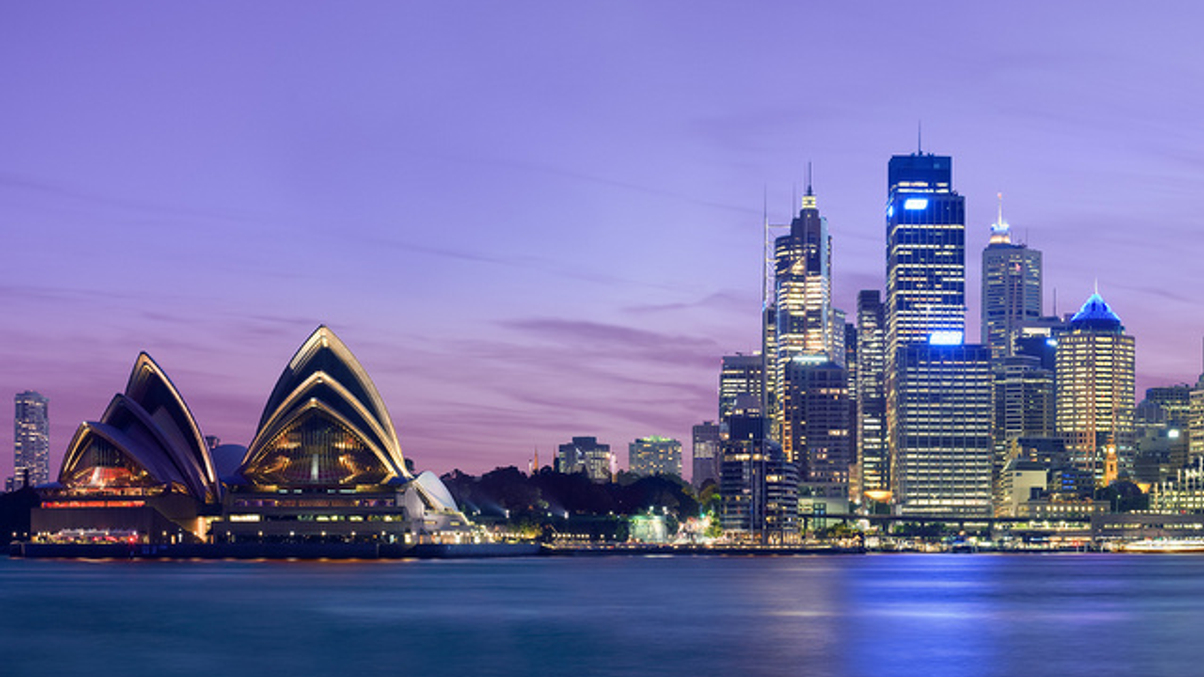AI300: Asia’s institutional assets shrink for the first time
China and Japan saw declines in institutional investor AUM, but several Asian markets posted asset growth, according to AsianInvestor research. We take a look at the results in more detail.

Challenging investment conditions had a clear impact on the assets under management of Asia's 300 biggest institutional investors, with AUM 6% down from the year before, falling from $36.6 trillion to $34.4 trillion, according to AsianInvestor's annual AI300 survey.
Sign in to read on!
Registered users get 2 free articles in 30 days.
Subscribers have full unlimited access to AsianInvestor
Not signed up? New users get 2 free articles per month, plus a 7-day unlimited free trial.
¬ Haymarket Media Limited. All rights reserved.


